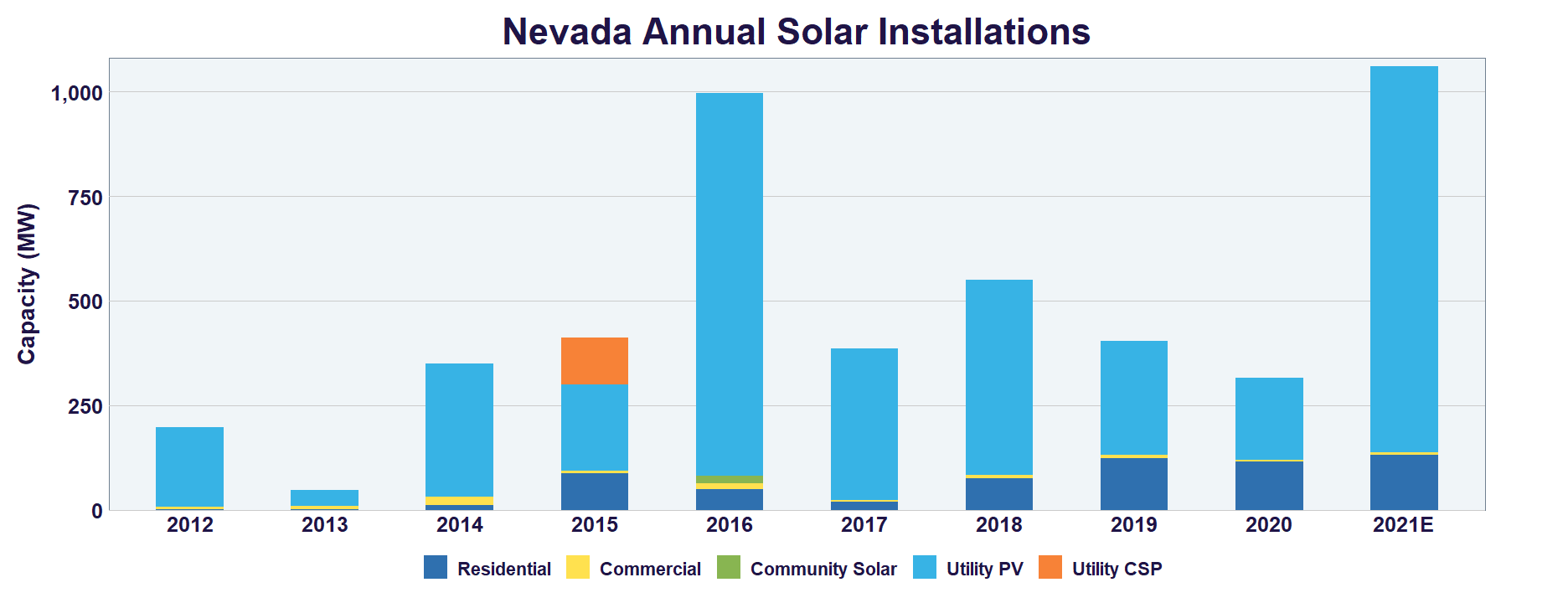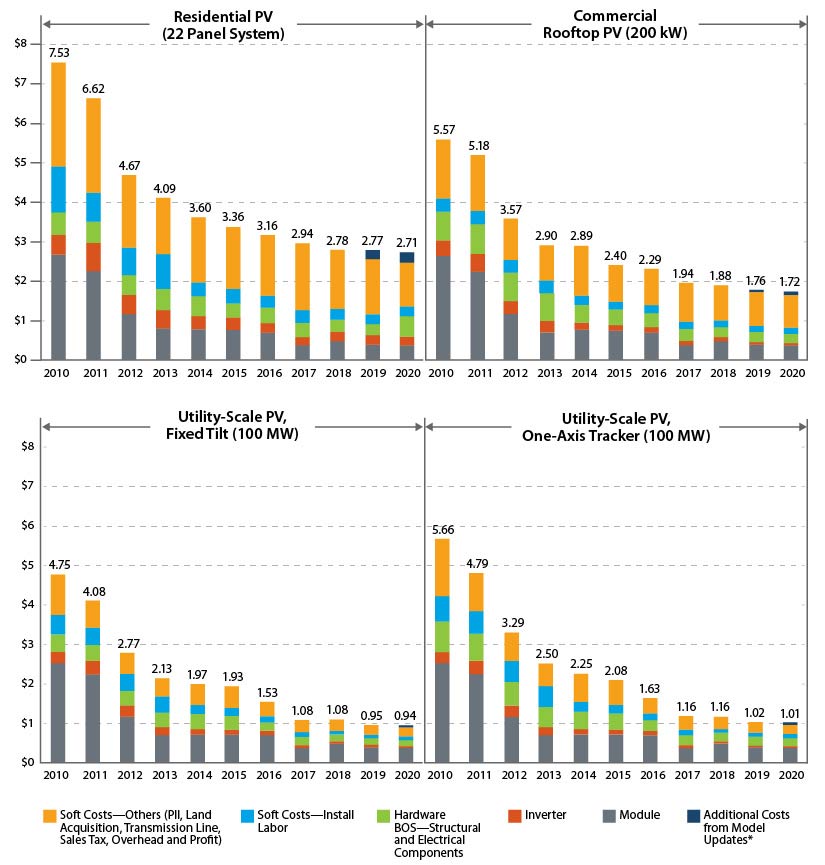wwu123
Active Member
It doesn't seem like CPUC is taking into consideration that residential solar has capital costs, I don't think they really care whether it's $2/w now, or $4-8/w that current owners may have paid in the last 10 years. While I don't profess to know what the right balance of costs is for different ratepayers, the reality is that these measure would pretty much kill future solar installations, and then there will be no more new solar owners to "subsidize" non-solar users, or vice versa. Then making the fees here actually moot for new solar owners, as there wouldn't be any.
We can look at Nevada, they had the same arguments in 2015 “when non-solar residential customers are said to be subsidizing those without solar for using NV Energy’s grid.” They killed NEM outright, with no grandfathering, in 2015, and residential solar installs died within two years - so much so that they brought back a NEM successor in 2017. You can see the impact of both years in the graph:

We can look at Nevada, they had the same arguments in 2015 “when non-solar residential customers are said to be subsidizing those without solar for using NV Energy’s grid.” They killed NEM outright, with no grandfathering, in 2015, and residential solar installs died within two years - so much so that they brought back a NEM successor in 2017. You can see the impact of both years in the graph:




